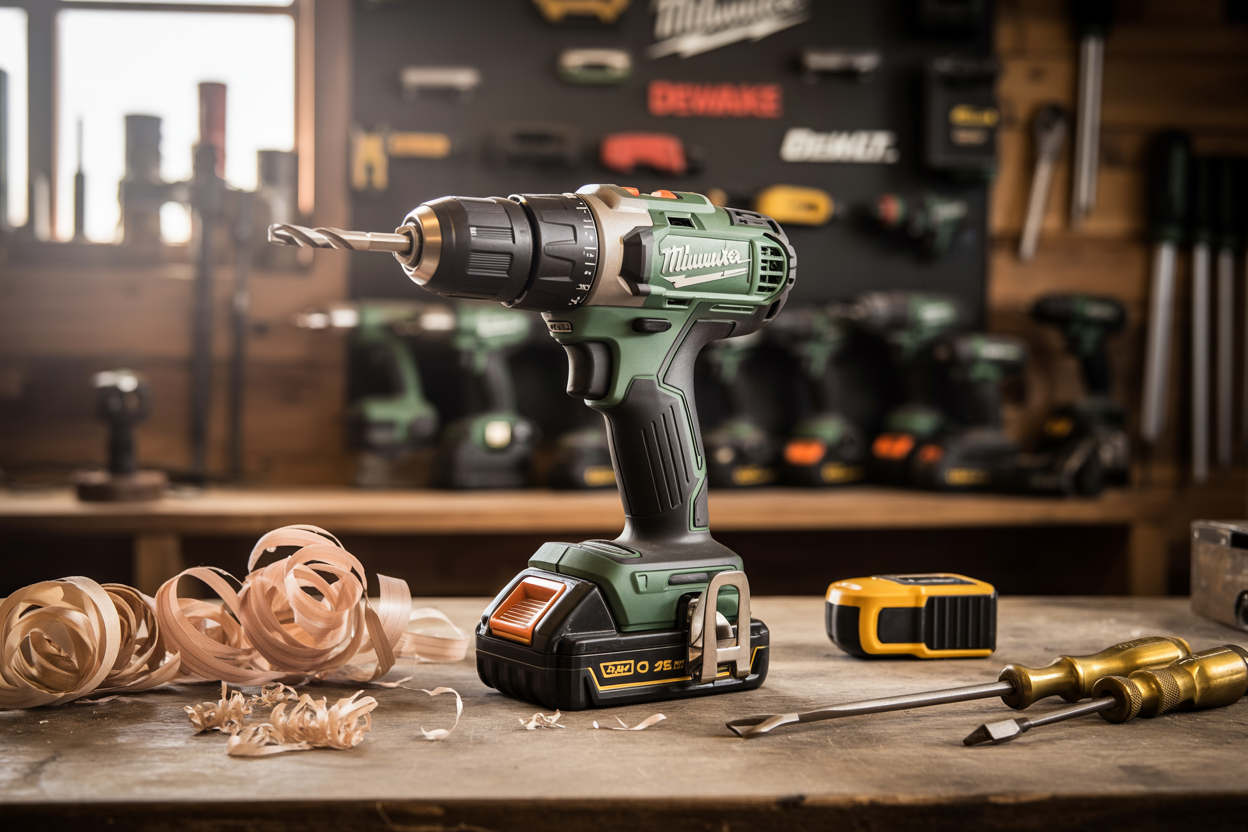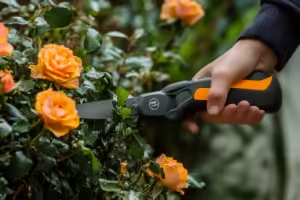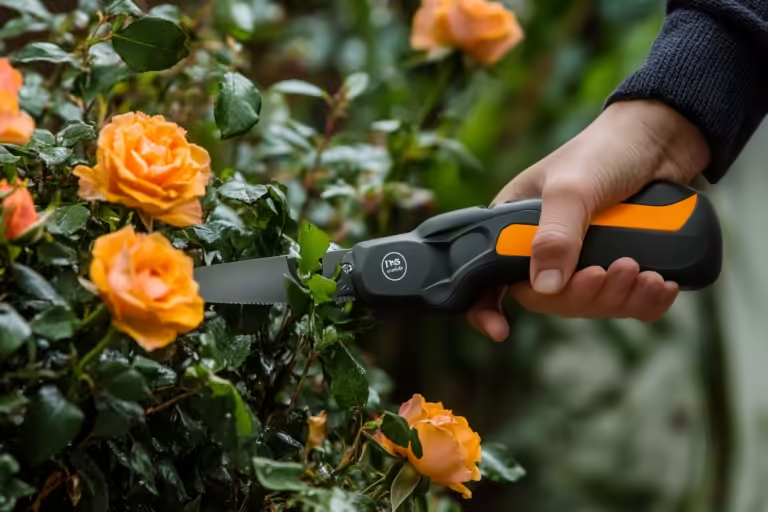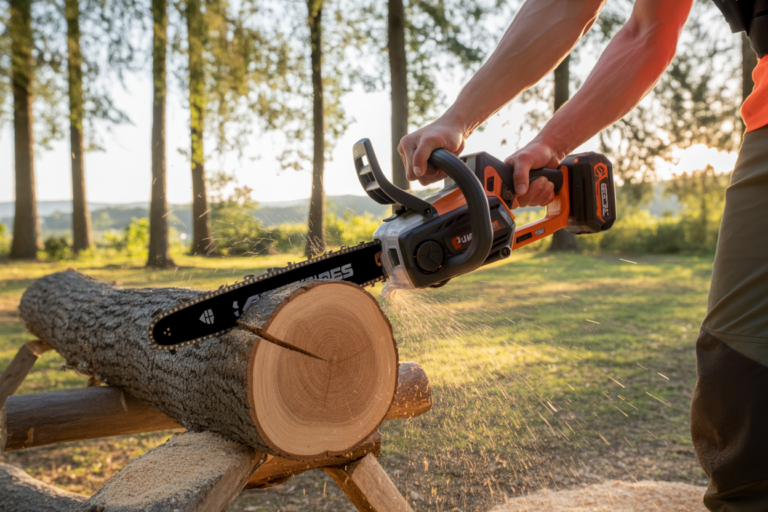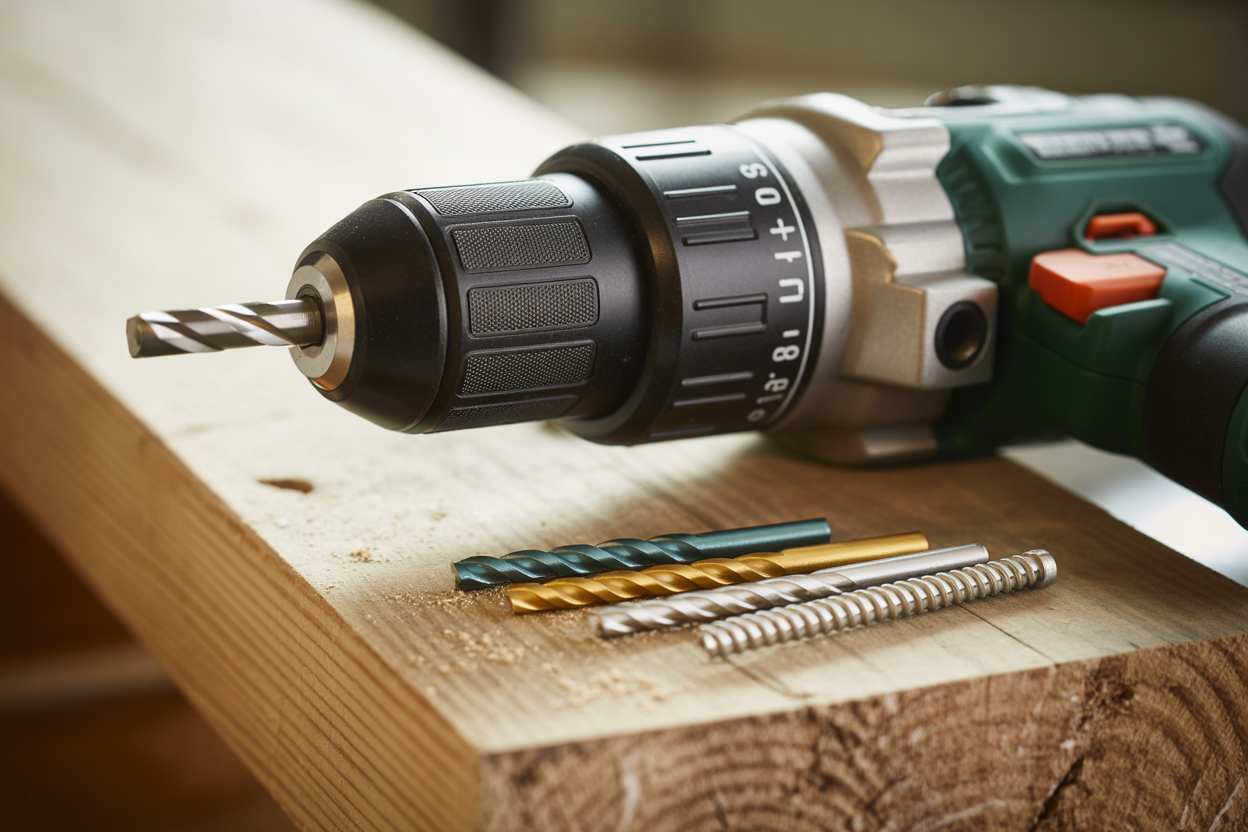
I learned the hard way: wrong torque chews screws, burns bits, and wastes time. Pick it right, and jobs feel smooth, quiet, almost...easy. Let me walk you through it—plain words, real numbers, zero fluff.
Drill torque is the twisting force (measured in N·m) that drives a bit. Choose it by matching material + bit size + task. Light jobs: 5–15 N·m. DIY woodwork: 15–35 N·m. Heavy metal/large bits: 40–80+ N·m. Balance torque with speed (RPM) and a clutch to avoid damage.
A quick heads‑up before we dive in: torque isn’t “more is always better.” It’s “enough, then control.” I’ll keep examples simple, share a few shop-floor scars, and give you copy-paste tables you can use with your team or customers.
What does torque mean and how does it impact your tools?
Torque is the muscle. RPM is the sprint. Both matter. Too little torque and the drill stalls; too much and you snap bits or strip threads.
Torque is the rotational force (N·m) your drill applies. Low torque suits small screws and soft wood; mid torque handles most carpentry; high torque drives big bits into steel. More torque without control risks stripped heads, overheated motors, and broken bits.
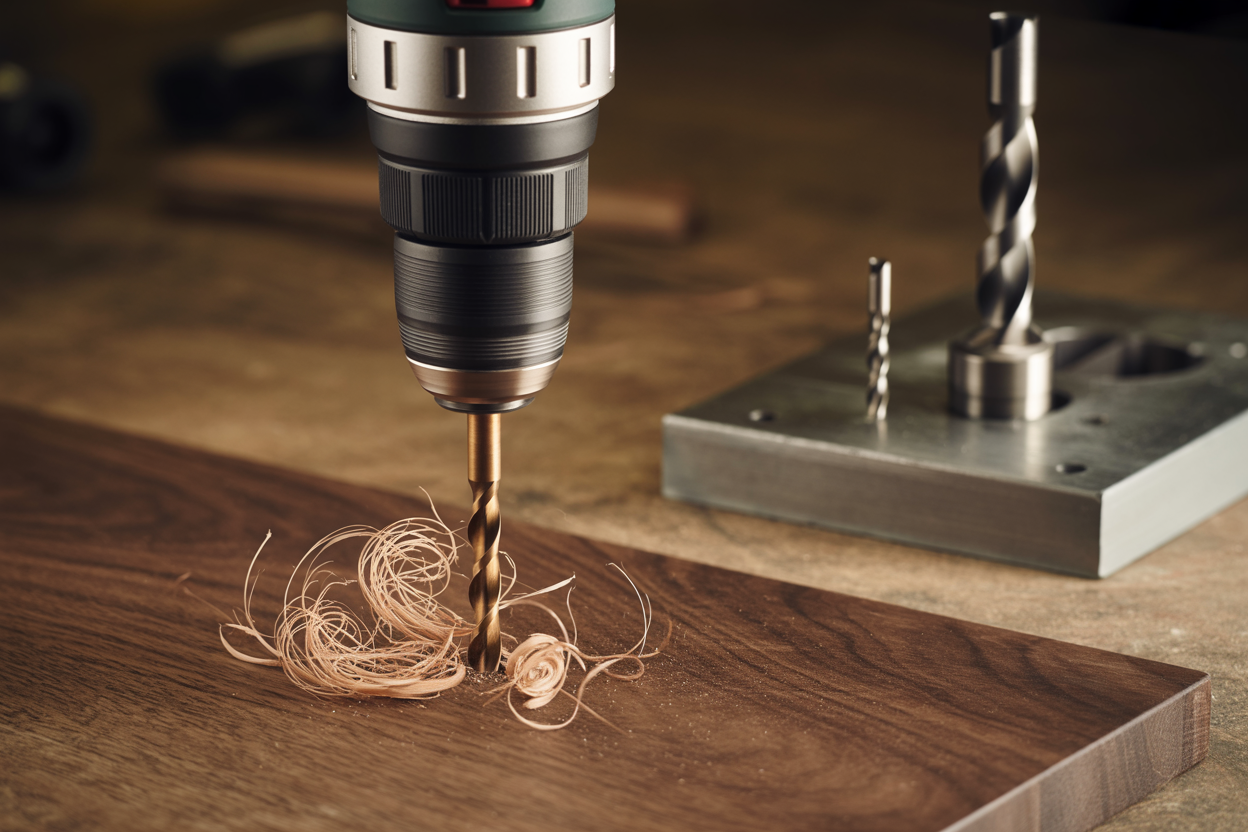
Torque1 sounds abstract until a screw head spins smooth and useless under your bit. I still remember a Monday morning in Milan—cheap soft screws, clutch set too high—fifteen ruined pieces before coffee. Lesson: torque is a setting, not just a spec sheet brag.
N·m vs RPM: The Dance
Torque (N·m) gives you push; RPM gives you speed. High torque2 usually means lower speed gears. You need both in balance—think of a cyclist shifting down to climb a hill.
Match Task to Torque
| Task / Material | Bit Ø (mm) | Suggested Torque (N·m) | Gear / RPM Range |
|---|---|---|---|
| Cabinet screws (softwood) | 3–4 | 5–12 | High / 1,200–1,800 |
| Lag bolts (hardwood) | 6–8 | 20–35 | Low / 350–600 |
| Hole saw in plywood | 25–50 | 30–45 | Low / 300–500 |
| Step bit in steel | 4–20 | 45–80 | Low / 200–400 |
Control Is King
Use the clutch. Use pilot holes3. Let the tool rest. These habits save motors and certificates you fought hard to get. More on that in torque vs rpm4 and clutch setting.5
How do I choose the right power drill?
I start with three questions: What material? What bit size? How long will the tool run per day? Then I look at torque range, clutch steps, and battery system.
Pick a drill by matching your heaviest task. Check: 1) Torque range (N·m), 2) Two-speed gearbox, 3) 15+ clutch steps, 4) Brushless motor for long shifts, 5) Battery platform you already stock, 6) Certifications (CE/ETL) to pass audits.
Let me be blunt: I’ve seen buyers in Verona pick “the one with more LEDs” and cry later over stripped screws and late shipments. I ask suppliers for torque curves, not just peak numbers. If they can’t show them, I walk.
Step-by-Step Filter
- List your top 5 tasks (e.g., steel drilling, decking screws).
- Find the highest torque those tasks need. Add 10% headroom.
- Check gearbox & clutch—fine steps = fine control.
- Look at motor type—brushless runs cooler, lasts longer.
- Battery commonality—same packs across tools saves cash.
- Paperwork—CE, RoHS, EMC test reports. No “Photoshopped” PDFs, please.
Quick Comparison Table
| Feature | Minimum to Demand | Why It Matters |
|---|---|---|
| Max Torque (hard) | 40 N·m | Covers thick wood + small metal |
| Clutch Positions | ≥ 15 | Fine control to protect screws |
| Gearbox Speeds | 2 | Low torque / high speed flexibility |
| Motor | Brushless if >4h/day | Heat & efficiency under load |
| Battery | 18–21V, 4.0Ah+ | Real runtime, not just marketing |
| Certs Provided Fast | <48h | No shipping delays at customs |
Add your own checklist into Notion or Excel and share it with your team. I use a simple color code—green, yellow, red—so decisions are quick. Try it: drill audit sheet.
What does higher torque do on a drill?
Higher torque lets you drive larger fasteners and cut bigger holes without stalling—but it also adds weight, price, and the risk of over-tightening.
Higher torque increases force at the bit, so it drives big screws and drills thick materials. It reduces stalling but can break bits or strip threads if uncontrolled. Pair high torque with a clutch, proper pilot holes, and low RPM to protect workpieces and tools.
When I first tested a 90 N·m beast, I felt the handle twist my wrist. Powerful? Sure. Fun? Until a $30 cobalt bit snapped. Power without finesse is like a Ferrari in a traffic jam—impressive, but not useful.
Pros & Cons Snapshot
| Higher Torque Gives… | But Also Brings… |
|---|---|
| Less stalling | More weight and battery drain |
| Larger hole capability | Higher risk of over-tightening |
| Better for thick metal | More heat buildup in bits |
| Flexibility for future tasks | Higher upfront tool cost |
Control Tactics
- Clutch at medium first, then adjust.
- Pilot holes, even if “you could brute force it.”
- Pulse drilling in metal: squeeze, release, cool.
- Quality bits—cheap bits crumble under torque.
If your crew rotates often, label torque presets on the tool body with tape. Silly? Maybe. Effective? Absolutely. See my quick torque label hack: label trick.
What is the best drill bit for thick metal?
For thick steel, I reach for cobalt (M35/M42) or carbide-tipped bits. Use step bits for larger holes. Keep speed low, torque high, and cutting oil ready.
Use cobalt (M35/M42) or carbide-tipped bits for thick steel. Start with a pilot hole, run at 200–400 RPM, apply cutting oil, and increase torque. For holes >12 mm, use a step bit or annular cutter. Re-sharpen bits to extend life and cut costs.
Metal forgives nothing. I once rushed a stainless job with a dull HSS bit—smoke, squeal, no hole. Since then: cobalt bits, oil, patience.
Bit Choice Guide
| Metal Type | Go-To Bit | Notes |
|---|---|---|
| Mild Steel | Cobalt (HSS-Co) | Affordable, re-sharpenable |
| Stainless Steel | M42 Cobalt | Better heat resistance |
| Hardened Steel | Carbide-Tipped | Expensive but tough |
| Thick Plate | Step Bit + Pilot | Clean enlargement, less chatter |
Technique Matters
- Pilot first: 3–4 mm to guide the main bit.
- Oil often: every few seconds to cool the cut.
- Feather the trigger: pulses keep temps down.
-
Deburr: a countersink pass keeps edges safe. Store bits in labeled cases by diameter and material. It sounds OCD, but it stops your guys from grabbing wood bits “because they’re close.”
Conclusion
Choosing torque is matching force to task, then staying in control. Ask what you drill, pick the torque to match, and let the clutch save your day. That’s how I keep projects (and shipments) on time at YOUWE – Power Tools Manufacturer.
✅ FAQ: Everything You Might Ask
Q1. What’s the difference between a brushed and brushless impact driver?
A: Brushless motors last longer, run cooler, and deliver more efficient power transfer.
Q2. What certifications do I need if I import these tools to Europe?
A: You’ll likely need CE, RoHS, and battery shipping compliance.
📎 View the full certification checklist
Q3. How can I avoid bad suppliers when bulk ordering impact drivers?
A: Vet them based on certifications, reviews, and after-sale support.
📎 Tips to avoid weak suppliers
-
Understanding torque is crucial for effective tool usage and can prevent costly mistakes in projects. ↩
-
Understanding high torque can enhance your knowledge of machinery efficiency and performance, crucial for any DIY or professional project. ↩
-
Understanding pilot holes can enhance your woodworking skills and prevent damage to your materials. ↩
-
Exploring this relationship can improve your tool usage and efficiency in various projects. ↩
-
Explore this resource to gain in-depth knowledge about clutch settings, enhancing your tool usage and motor longevity. ↩

